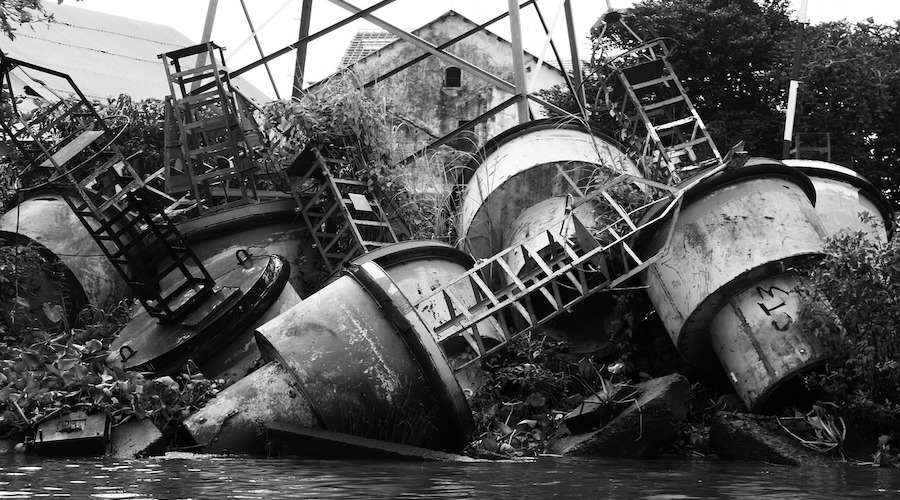
Maximum metal ion adsorption was fast compared to other approaches
“The adsorbent selectively chelated the soft acid silver and palladium cations,” Foni Biswas, lead author of the study, said in a media statement. “Of the 11 competing base metals we tested, only copper and lead cations were also adsorbed, but we removed them with ease.”
According to Biswas, maximum metal ion adsorption was fast compared to other approaches. It took only one hour for silver, a metal that also showed substantially higher maximum adsorption capacities at 11 mmol/g.
After adsorption, the researchers incinerated the cellulose particles to obtain elemental silver or palladium powder. Subsequent higher-temperature incineration converted the powder into pellets. Spectroscopic analyses indicated that the final metal pellets were in metallic rather than oxide form.
“We then removed nearly all of the silver and palladium from real industrial waste samples,” Biswas said. “Obtaining pure and elemental metals proceeded as smoothly as in our trial runs.”




